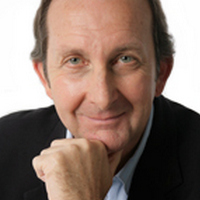

Following yesterday’s release of the December quarter Consumer Price Index, if the Reserve Bank of Australia doesn’t cut the cash rate and begin the rate cut cycle at its mid-February board meeting, then they’ll be making a big mistake. While I’d like to say a cut is a certainty, (and it should be), our central bank has a history of cutting and even raising rates too slow!
In 2023, former PM and Treasurer, Paul Keating told the ABC that the RBA was “fallible” and the government’s power to overrule the bank shouldn’t be given up. “The RBA has always suffered from institutional inertia,” Keating told the ABC. And in a more insulting mood in 2020, when Covid was threatening a serious recession, he said: “When a real crisis is upon us, the RBA is invariably late to the party. And so it is again.”
Yesterday’s inflation numbers should tell any streetwise economist that it’s time for a rate cut. In fact, the economics team at the CBA thinks we should see one 0.25% cut per quarter of 2025 and one in 2026, which adds up to five. I hope they’re on the money.
Here are 10 reasons why the RBA should cut:
With the numbers above and given that the last economic growth rate we saw was a shockingly low 0.8% for the year, (that saw the ABS report it was “...the lowest rate since the COVID-19 affected December quarter 2020), there are few reasons to hold back on a rate cut.
Only a bunch of nervous Nellie public servants or a team of nincompoops would hold back on a cut, especially when they know the economy’s growth has been driven by one of the biggest surges in government spending in recent years.
The private sector of the Australian economy needs a rate cut, and fast, from a rational and early to the party RBA.